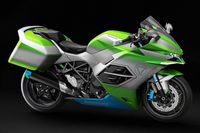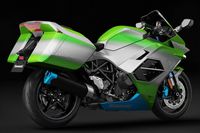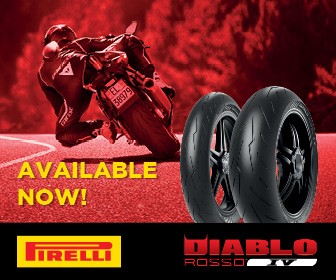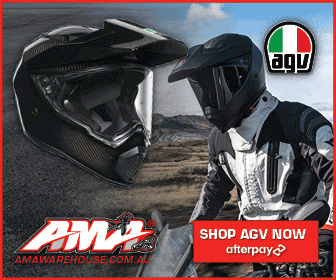Kawasaki Hydrogen Project Trademarked
Kawasaki Hydrogen Project Trademarked
New logo and HySE name protected for hydrogen-fueled motorcycles.By Ben Purvis

While most manufacturers tasked with achieving zero carbon emissions for future bikes are focusing on batteries and electric motors, Kawasaki is putting development funds into hydrogen-fueled combustion engines that could achieve the same goal.
The project has been ongoing for the last couple of years, with the first prototype engine, a supercharged four-cylinder derived from the H2 motor, shown in late 2021. Now it seems there’s a name and a logo to go with it, too, as Kawasaki has filed new trademark applications for the title “HySE” and an image of a water droplet on two wheels. The water represents the main emissions of a hydrogen-fueled combustion engine, as when hydrogen is burned, it simply becomes H2O.
Both the logo and the HySE name are being trademarked in Europe for use on “Non-electric prime movers for land vehicles, not including their parts; Hydrogen engines for land vehicles; Mechanical elements for land vehicles.” Translated, that specifically means hydrogen combustion engines, not hydrogen fuel cells.
Related: Motorcycles, Fuels, and Climate Neutrality

Last year, Kawasaki revealed illustrations of its planned hydrogen-fueled bike, including a cutaway drawing explaining how the hydrogen is intended to be carried in pre-filled tubular canisters on the back, five of them in each side case. Yes, while it looks like a tourer, there’s little in the way of luggage space thanks to the relative bulk of hydrogen compared to gasoline. While around three times more energy-dense than gasoline in terms of specific energy (power-to-weight), hydrogen (even in cryogenic liquid form) is far less dense, so it takes up much more space. One gallon of liquid hydrogen (which would need to be cryogenically cooled to below -400 degrees Fahrenheit) weighs around 0.6 pound, compared to 6 pounds for a gallon of gasoline, so you need a much larger volume of hydrogen to store the amount of energy that’s found in a tank of gasoline.
The fuel storage system Kawasaki is using appears to be similar, or even identical, to one that Toyota has created for its hydrogen-fueled infrastructure, around which an entire prototype community (Woven City, near Mount Fuji, Japan) is being created. The firm intended to use swappable hydrogen canisters to power fuel cells for home electricity and to power vehicles. Both Kawasaki and Yamaha are working with Toyota, Subaru, and Mazda on the development of hydrogen-fueled combustion engine tech, with the two bike companies taking the lead in terms of engine development, so it makes sense to use Toyota’s hydrogen canister system.

The canister setup means refueling should be clean and quick: a simple case of swapping empty canisters for full ones. However, it also means that an entire infrastructure would be needed to cater for hydrogen-fueled vehicles, a challenge on a similar scale to the one needed to shift to an all-electric vehicle network.
Technically, Kawasaki’s supercharged H2 engine is an ideal candidate for conversion to hydrogen power. Hydrogen-fueled combustion engines benefit from forced induction, as they require much more air in the cylinder than gasoline does to achieve the same amount of power. The big change needed to accommodate hydrogen as a fuel is the adoption of direct injection, adding the hydrogen to the cylinder after the inlet valves have closed, and that’s something Kawasaki has already added to its prototype.

Does hydrogen offer a realistic route forward for motorcycling? Kawasaki certainly believes it has a place, particularly on larger, longer-range models, leaving battery-electric machines to deal with shorter hops. Rivals, however—including the likes of Ducati, KTM, and BMW—appear to be putting more faith in the idea of synthetically produced e-fuels, which can operate as drop-in replacements for gasoline while achieving carbon neutrality from an environmental perspective. The reality is that all these things are likely to play a role in the future.
MORE = https://www.cycleworld.com/motorcycle-news/kawasaki-hydrogen-fueled-motorcycle-project-trademarked/









